Artist: Einstürzende Neubauten Album: Kalte Sterne: Early Recordings
Year: 2004Duration: 0:0-1
Kalte Sterne: A Critical Review of Einstürzende Neubauten's Early Recordings
When it comes to experimental music, Einstürzende Neubauten is a name that can't go unnoticed. The German band, formed in the late 70s, has been pushing the limits of what music can be for over four decades. Their early recordings, compiled in the album Kalte Sterne, showcase their unique sound and creative process. In this critical review, we'll dive into the history of Einstürzende Neubauten, explore the music genre of Kalte Sterne, point out the best songs of the album, highlight the most innovative parts, and deliver an honest critique of the album.
Einstürzende Neubauten was formed in West Berlin in 1980 and quickly gained recognition for their use of unconventional instruments, including power tools, metal scraps, and various industrial materials. Their approach to music was avant-garde, incorporating elements of punk, noise, and performance art. Throughout their career, the band has continued to experiment with sound and push the boundaries of their art.
Kalte Sterne features recordings from Einstürzende Neubauten's early years, from 1980 to 1983. The album embodies the raw, industrial sound that the band is known for, with distorted guitars, clanging metal, and the piercing vocals of singer Blixa Bargeld. The genre of Kalte Sterne can be described as a blend of industrial, post-punk, and experimental rock. It is a challenging listen, but one that rewards those who embrace its unconventional beauty.
The album kicks off with Tanz Debil, a haunting track that showcases the band's use of found objects as instruments. Bargeld's vocals are distorted and almost inhuman, adding to the eerie atmosphere of the song. Krieg in den Städten is another standout track, featuring a driving beat and frenetic guitar work. The track sounds like an apocalyptic warning that perfectly captures the band's punk roots.
One of the most innovative parts of Kalte Sterne is the use of found sounds in the music. The band incorporates sounds from everyday life, such as the sound of a typewriter in Jet'm, and turns them into instruments. This technique adds to the industrial, mechanical feel of the music and gives it a unique texture. The band's use of unconventional instruments also sets them apart from other bands of the time and solidifies their place as pioneers in the experimental music scene.
While Kalte Sterne is a compelling listen, it can also be challenging for some listeners. The dissonant sounds and unconventional song structures may not be for everyone. Additionally, some tracks feel repetitive and lack the dynamic changes that make a piece of music engaging. However, these criticisms can be seen as part of the band's commitment to experimentation and pushing the limits of what music can be.
In conclusion, Kalte Sterne is a must-listen for fans of experimental music and anyone interested in the history of Einstürzende Neubauten. The album showcases the band's unique sound and process, incorporating unconventional instruments and found sounds. While challenging at times, the album rewards the listener with its unconventional beauty and raw power. Kalte Sterne is a testament to the band's dedication to pushing the boundaries of music and solidifies their place as pioneers in the experimental music scene.
Other #Dark music albums:
SIMILAR BANDS
balls, from 1 to 5, describe similarity between the two bands
SOMETHING NEW? LISTEN TO RADIOGENRE
 Reggae Roots
Reggae Roots Chillout
Chillout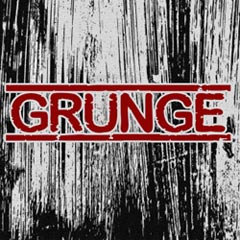 Grunge
Grunge Ruby Recordings
Ruby Recordings Arabic Music
Arabic Music Bossa nova
Bossa nova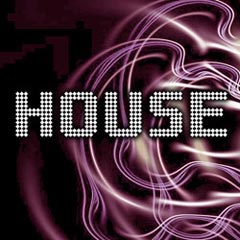 House music
House music Drone doom metal
Drone doom metal MTS Management Group
MTS Management Group Thrash metal
Thrash metal
SUGGESTED PLAYLISTS


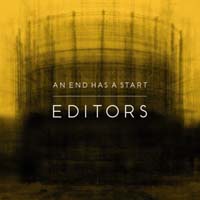
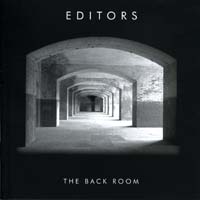


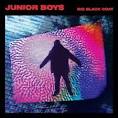





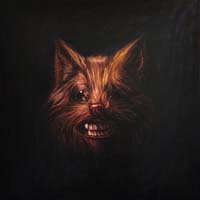

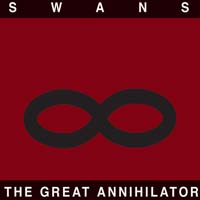
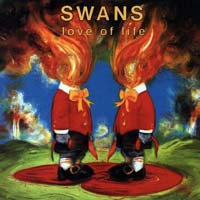

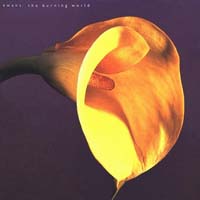
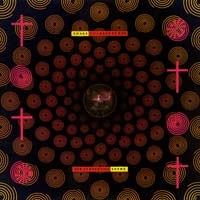

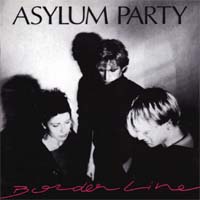


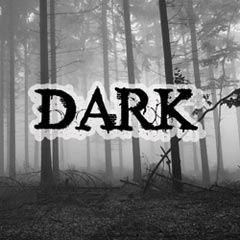
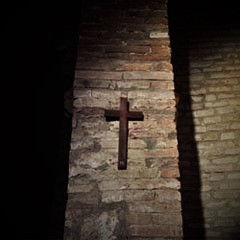 Finding God in music
Finding God in music The very best of minimal
The very best of minimal Old skool hip hop
Old skool hip hop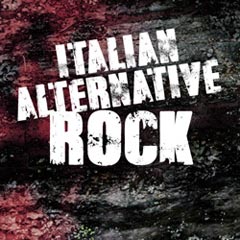 The very best of italian alternative rock
The very best of italian alternative rock The music television
The music television The very best of electro punk
The very best of electro punk Enticing your sexual energy through tantric music
Enticing your sexual energy through tantric music Breakbeat: dance battles
Breakbeat: dance battles Music for a lounge bar in front of the sea
Music for a lounge bar in front of the sea The best rock of the 90s
The best rock of the 90s